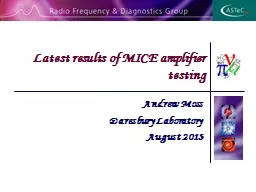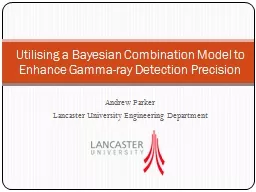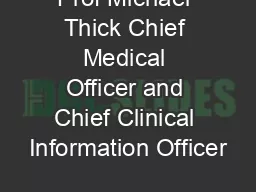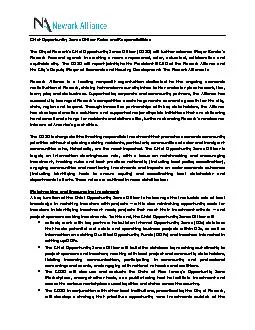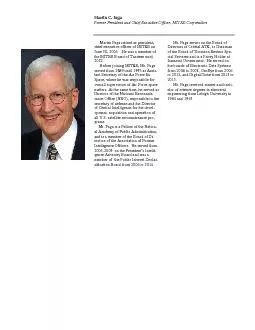PPT-Andrew May DPhil Chief Scientific Officer
Author : karlyn-bohler | Published Date : 2019-12-10
Andrew May DPhil Chief Scientific Officer Caribou Biosciences Inc 2112016 1 Gene Editing Tools and Methods Caribou background Founded by Jennifer Doudna Rachel
Presentation Embed Code
Download Presentation
Download Presentation The PPT/PDF document "Andrew May DPhil Chief Scientific Office..." is the property of its rightful owner. Permission is granted to download and print the materials on this website for personal, non-commercial use only, and to display it on your personal computer provided you do not modify the materials and that you retain all copyright notices contained in the materials. By downloading content from our website, you accept the terms of this agreement.
Andrew May DPhil Chief Scientific Officer: Transcript
Download Rules Of Document
"Andrew May DPhil Chief Scientific Officer"The content belongs to its owner. You may download and print it for personal use, without modification, and keep all copyright notices. By downloading, you agree to these terms.
Related Documents



